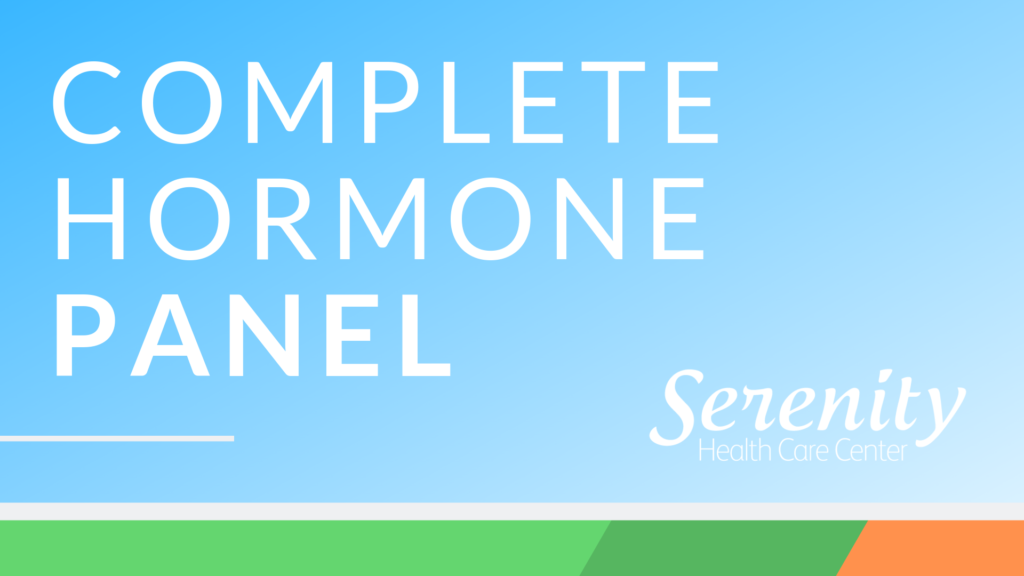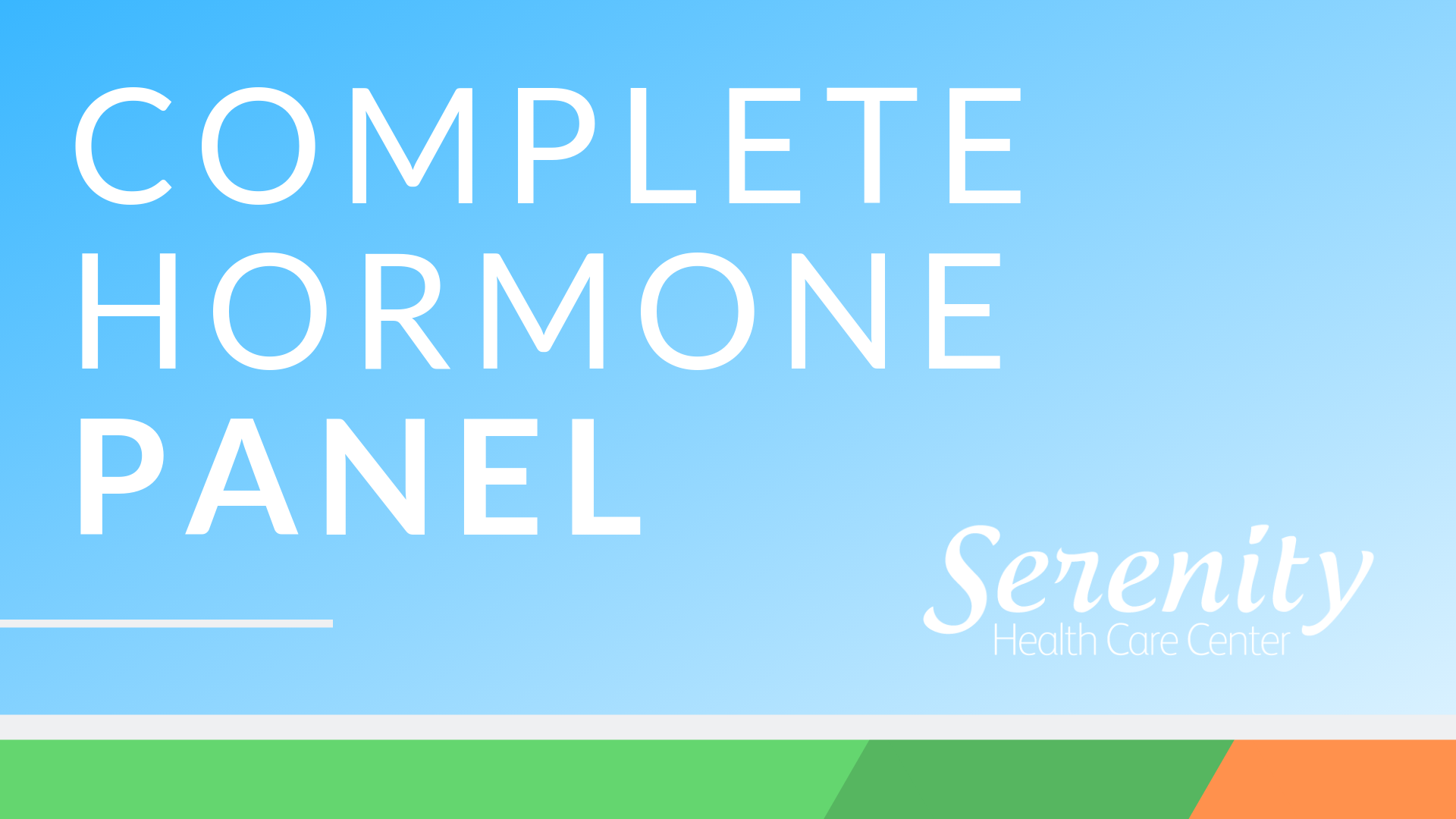What Can We Do About Endocrine Disruption?
A variety of symptoms occur when chemical exposures cause “endocrine disruption”
The following is a short list that can correlate with many different disorders: fatigue, pain, brain fog, weight gain, irritability, depression, anxiety, cancer, chemical sensitivity, numbness, tingling, ear ringing, memory loss, PMS, or premature menopause are just a few symptoms that can occur as a result.
Now that you know some of the things that can cause the body to lose balance, the more important thing to discuss is how do we get balance back?
Keeping our environment free of as many chemicals as possible is the first step. Eating organic can be very expensive and when you are trying to feed a large family it can feel impossible. A few tips for that are: purchase from the local farmers market or a local CSA allows you the opportunity to talk directly to the person growing your food. You can ask what chemicals they are using. Practice canning or freeze items for the winter. Pay particular attention to the “Dirty Dozen” this is a list of foods you should always eat organically. Here is a link that will provide you fantastic information on this topic: https://www.ewg.org/foodnews/summary.php
Get your genetics tested you can use https://www.23andme.com it is inexpensive and your information can be used for research or kept private. I would caution you, do not ever let a health care provider keep a copy of this information because you can be denied life insurance or other health related insurance based on these results. Once these results are obtained you want to have an experienced person review these results so you can create a plan to support the genetic detox issues that you have. These treatment plans are usually life long because your genes do not change.
Use clean chemicals for house cleaning. There are good premade products that can be purchased in many stores or you can make your own with essential oils. Companies like Young Living Oils or doTerra are happy to share information on how to mix essential oils together. You can also use these in lotions instead of the chemical based products on the market. You can also make a Baking Soda scrub and vinegar and water great cleaning products.
Detox is Key
Practicing regular detox is key. Using sauna therapy Far Infarred is what we recommend by a company called https://www.hightechhealth.com/, (if you mention our name you can get a discount). I would recommend following instructions based on your health. Detox footbaths are another great source for cleansing the body of chemicals. If you can tolerate these you should use them a few times a week.
These various detox methods mentioned so far involve a series of enzymatic reactions that neutralize and solubilize toxins; homeopathic remedies can be added to assist in transporting the toxins to the secretory organs (like the liver or kidneys), so that they can be excreted from the body. These should be chosen individually based on your health. Sometimes we use products to move through the liver or kidneys and these organs have to be functioning properly before you start this process. Some people recommend Detox Programs with herbs; this can be helpful but again talk to your health care provider first. One tip: you may not feel well for the first few days; this is a good indication you are toxic.
Excess hormones, vitamins, inflammatory molecules, and signaling compounds, among others, are typically eliminated from the body by the same enzymatic detoxification systems that protect the body from environmental toxins, or clear prescription drugs from circulation. Metabolic detoxification reactions, therefore, are not only important for protection from the environment, but also central to homeostatic balance in the body.
In certain cases we need to eliminate more toxins because of illnesses like Parkinson’s disease. In those cases we will use IV amino acids to assist in more extensive detox methods. This can be used when people have bacterial overloads as well.
This information is not meant to cause fear but to provide a basic understanding of how the body can be affected and give you a basis for correcting the problems. Do some homework on what chemicals you have in your home that you are exposing your family to and make small changes to start with and grow your knowledge from there.




 Due to the increasing amount of inadequately trained hormone providers, it’s imperative to seek treatment from a hormone therapy expert like the
Due to the increasing amount of inadequately trained hormone providers, it’s imperative to seek treatment from a hormone therapy expert like the 

 At our functional medicine clinic near Milwaukee,
At our functional medicine clinic near Milwaukee, 